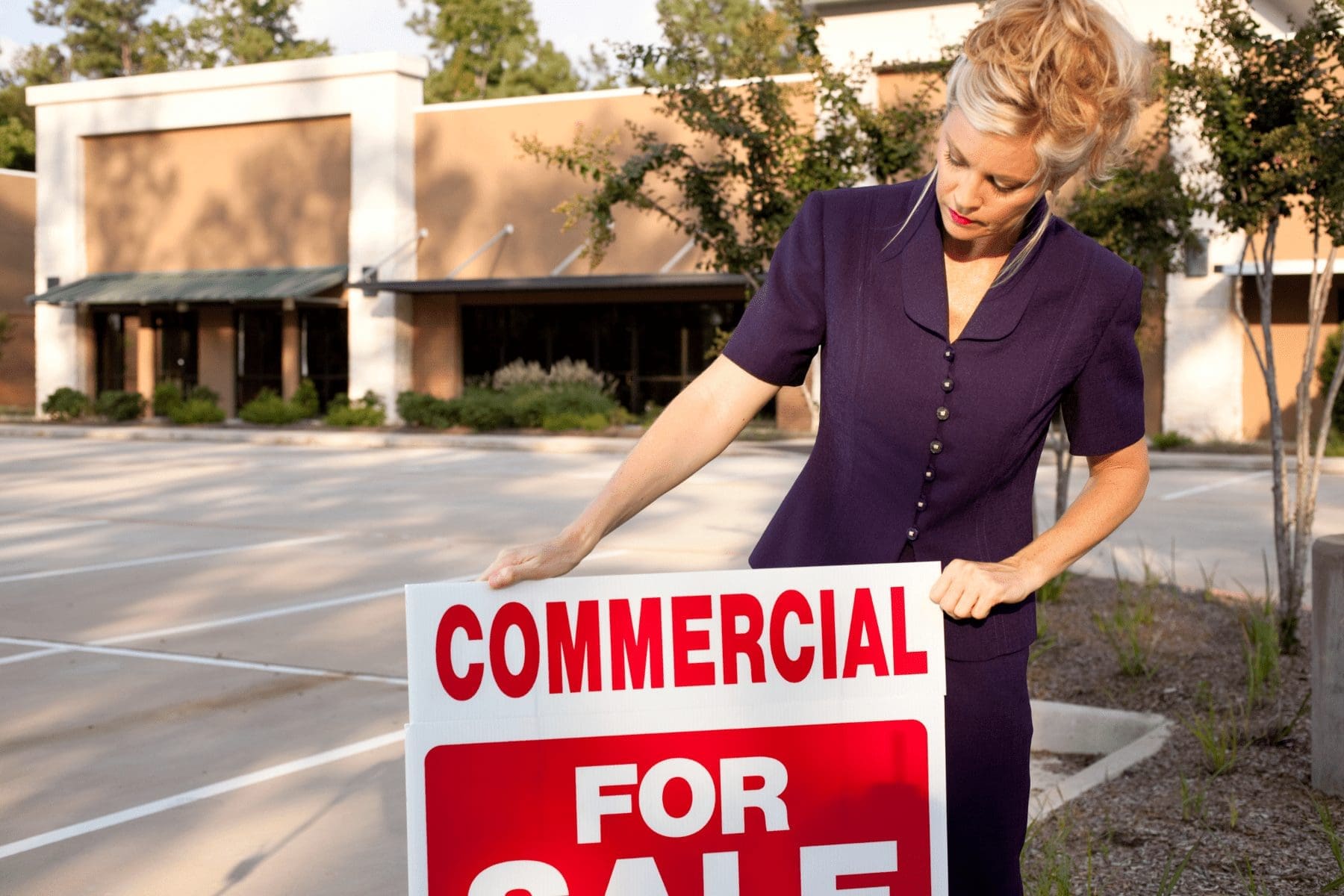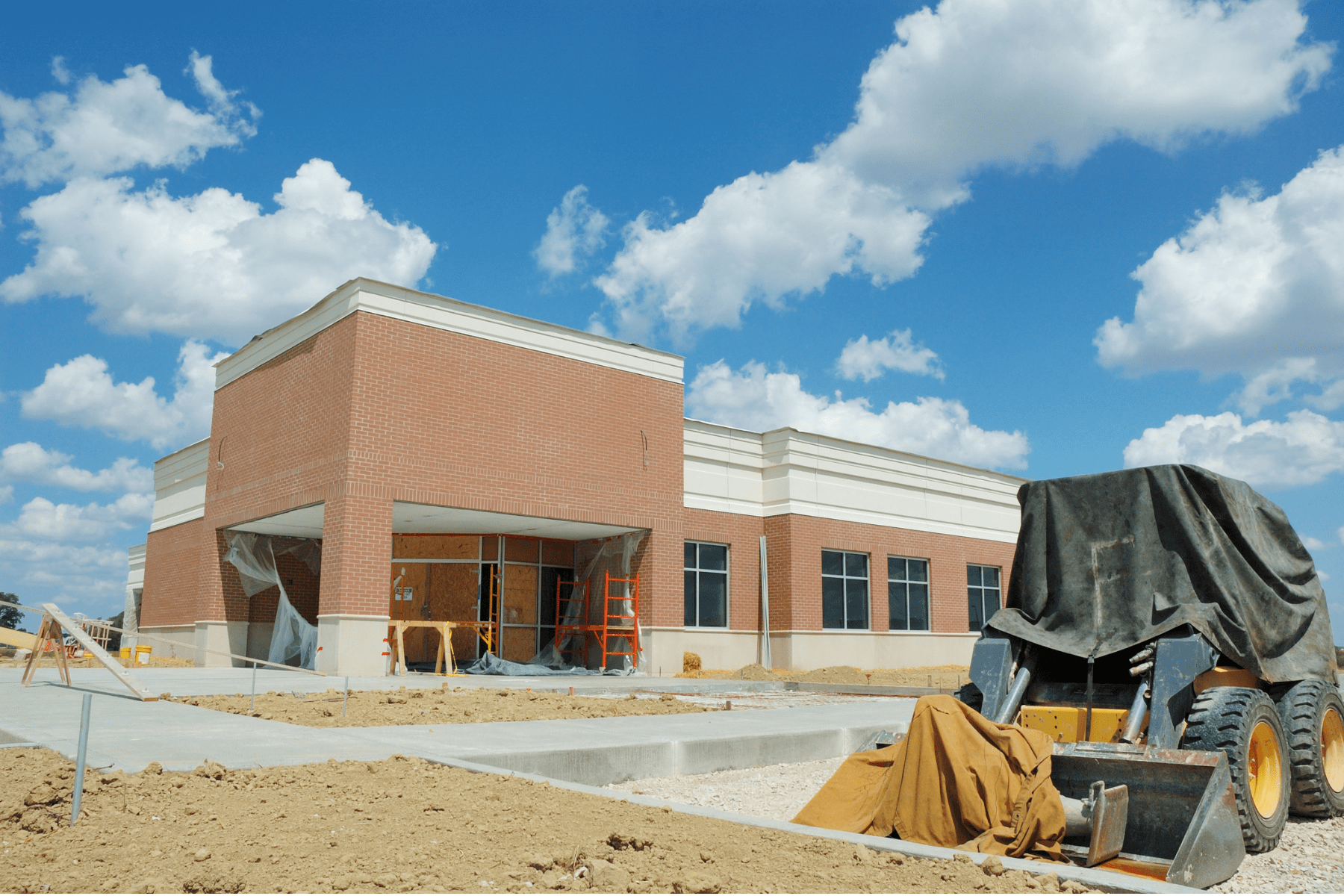The first step in implementing a comprehensive risk management plan is identifying potential risks. To help you get started, we have provided a list of the top 10 threats facing small business owners. As you read through the list, consider the unique risks facing your business and ask yourself whether those risks are being managed effectively.
1. Protecting Your Property
Property holdings are often a small business owner’s most significant asset. Therefore, for the long-term security of your small business, you must evaluate potential threats to your property and develop a plan to manage those threats. Begin by taking a complete inventory of your assets to determine how a loss might affect your business and how much coverage you need. Property coverage can come in many forms to suit your specific needs. Still, a typical policy will provide the replacement cost value for your building and the actual cash value for your business property.
You have a lot weighing on your budget already, but don’t mistake planning for the “best-case scenario” when it comes to your property coverage. Leaving your small business underinsured is a risk too great to take.
2. Business Interruption
The U.S. Department of Labor estimates that more than 40% of businesses never reopen following a fire or flood disaster. Still, traditional. Is your business prepared to weather the storm if disaster strikes? What would you do if a fire causes your facility to be temporarily unusable? Ideally, you would move to a temporary location while your permanent place of business is being repaired, but traditional property insurance does not cover this move or the loss of income while the permanent business location is being fixed.
Ill-prepared businesses are often forced to completely shut down operations during repair, damaging their brand and leaving employees without work for extended periods. Consider adding business interruption coverage to your property insurance policy to mitigate this risk. This invaluable, though often overlooked, coverage safeguards your business by covering operating expenses and lost income while the permanent business location is being repaired. This will allow you to maintain payroll and, if needed, reallocate current employees to help with the cleanup effort.
3. Liability Losses
No matter how well you plan, running a small business can be fraught with surprises—the only way to avoid liability is to shutter your business altogether. Smart business owners do the best thing: protect their assets by carrying adequate commercial general liability (CGL) insurance coverage.
CGL policies provide coverage for claims of bodily injury or other physical injuries, personal injury (e.g., libel or slander), advertising injury, and property damage resulting from your products, premises, or operations. A CGL policy with adequate coverage limits enables you to continue normal operations while dealing with real or fraudulent negligence or wrongdoing claims and provides coverage for the cost of defending and settling claims.
4. Key Person Losses
Many small businesses are built around the talents and expertise of a few individuals. Suppose an employee crucial to the functioning of your business departs unexpectedly due to death or injury. Would day-to-day operations continue as usual, or would disorder and uncertainty ensue? Would you be able to maintain your current level of performance and current revenue stream? How would you cover the employee’s financial loss or pay for a temporary replacement during their recovery?
Key person insurance can help you answer these questions with confidence. This coverage is designed to provide financial stability in stress and uncertainty, allowing you to keep your business moving forward without missing a beat.
5. Injuries to Employees
Small business owners, especially those with less than ten employees, often struggle with understanding their employee health and safety obligations. Like their larger counterparts, small businesses have the same responsibility to indemnify workers who are injured or become ill during their employment. Many companies do not realize the full effect workplace accidents have on their organization. Beyond initial treatment costs and lost production time, on-the-job injuries impact insurance premiums, which can increase your costs for years to come.
Thankfully, by managing exposures and promoting safety, it is possible to control workers’ compensation premiums. Having the proper pre-and post-accident procedures can drastically reduce the severity of a workers’ compensation claim. Implementing a comprehensive safety program can reduce the accident rate. Together, these two steps can produce tremendous long-term savings.
6. Managing Electronic Data and Computer Resources
Small businesses often lack a formal IT department or even rudimentary internet security measures, making them vulnerable to unscrupulous cyber criminals searching for an easy target. With an estimated liability of more than $200 per compromised record—multiplied by hundreds or thousands of customer records—the cost of a single data breach incident can be devastating for a small business.
If your business stores customer records electronically, you must have robust security measures. In addition to taking preventative measures to reduce Internet-based exposures, specialized technology coverage, such as cyber liability insurance, can help protect your business against damage from cyberattacks, data breaches, and other internet-based vulnerabilities.
7. Environmental Exposures
Think of a business with significant environmental exposure. What comes to mind? Most people think of large manufacturing, mining, or petroleum operations, but these are not the only industries that risk environmental liability losses.
It is essential to perform a comprehensive risk analysis to determine your level of exposure. Keep in mind that because most commercial insurance policies contain pollution exclusions, unless you carry environmental insurance, you may be uninsured against significant environmental loss exposures.
8. Employment Practices
You are at risk of a lawsuit from the moment you begin the pre-hiring process until the final goodbyes at the exit interview. Three out of five employers will be sued by a prospective, current, or former employee while they are in business. Although many lawsuits are groundless, defending against them is costly and time-consuming. Your business should take a hard look at whether it can afford to protect itself against wrongful employment practices accusations.
If not, an insurance solution called employment practices liability coverage can protect your company against wrongful termination, discrimination (e.g., age, sex, race, and disability), or sexual harassment lawsuits.
9. Contracts
When first starting, many new business owners don’t have the time or expertise to evaluate each clause in everything they’re signing adequately. This oversight, however, can create significant problems down the road.
In many cases, small businesses become saddled with additional risks, accepted via risk transfer from savvy suppliers or customers. While it’s tempting to shave costs by skimping on legal fees, making sure your business isn’t getting additional and unnecessary risks can save you a lot of money over the long haul, both in legal costs and insurance coverages.
10. Managing Your Supply Chain
Do you rely on one or more third-party suppliers to produce certain components used in your products? If you do, a disaster that interrupts your supplier’s regular business operations could have a crippling effect on your production abilities. Although you should always try to minimize potential liability through contingency planning and other risk management techniques, as supply chains grow globally, sometimes there is little you can do about the exposures faced by your suppliers.
In a perfect world, you could avoid doing business with companies that present numerous risks or that are unwilling to conform to your standards. Still, pricing due to constraints and niche markets pricing limits the number of potential suppliers to choose from. Supply chain insurance is meant to cover losses you incur as a result of an interruption to your supply chain. Such coverage allows you to work confidently with suppliers who face exposures beyond your control.
The first step in implementing a comprehensive risk management plan is identifying potential risks. To help you get started, we have provided a list of the top 10 threats facing small business owners. As you read through the list, consider the unique risks facing your business and ask yourself whether those risks are being managed effectively.
1. Protecting Your Property
Property holdings are often a small business owner’s most significant asset. Therefore, for the long-term security of your small business, you must evaluate potential threats to your property and develop a plan to manage those threats. Begin by taking a complete inventory of your assets to determine how a loss might affect your business and how much coverage you need. Property coverage can come in many forms to suit your specific needs. Still, a typical policy will provide the replacement cost value for your building and the actual cash value for your business property.
You have a lot weighing on your budget already, but don’t mistake planning for the “best-case scenario” when it comes to your property coverage. Leaving your small business underinsured is a risk too great to take.
2. Business Interruption
The U.S. Department of Labor estimates that more than 40% of businesses never reopen following a fire or flood disaster. Still, traditional. Is your business prepared to weather the storm if disaster strikes? What would you do if a fire causes your facility to be temporarily unusable? Ideally, you would move to a temporary location while your permanent place of business is being repaired, but traditional property insurance does not cover this move or the loss of income while the permanent business location is being fixed.
Ill-prepared businesses are often forced to completely shut down operations during repair, damaging their brand and leaving employees without work for extended periods. Consider adding business interruption coverage to your property insurance policy to mitigate this risk. This invaluable, though often overlooked, coverage safeguards your business by covering operating expenses and lost income while the permanent business location is being repaired. This will allow you to maintain payroll and, if needed, reallocate current employees to help with the cleanup effort.
3. Liability Losses
No matter how well you plan, running a small business can be fraught with surprises—the only way to avoid liability is to shutter your business altogether. Smart business owners do the best thing: protect their assets by carrying adequate commercial general liability (CGL) insurance coverage.
CGL policies provide coverage for claims of bodily injury or other physical injuries, personal injury (e.g., libel or slander), advertising injury, and property damage resulting from your products, premises, or operations. A CGL policy with adequate coverage limits enables you to continue normal operations while dealing with real or fraudulent negligence or wrongdoing claims and provides coverage for the cost of defending and settling claims.
4. Key Person Losses
Many small businesses are built around the talents and expertise of a few individuals. Suppose an employee crucial to the functioning of your business departs unexpectedly due to death or injury. Would day-to-day operations continue as usual, or would disorder and uncertainty ensue? Would you be able to maintain your current level of performance and current revenue stream? How would you cover the employee’s financial loss or pay for a temporary replacement during their recovery?
Key person insurance can help you answer these questions with confidence. This coverage is designed to provide financial stability in stress and uncertainty, allowing you to keep your business moving forward without missing a beat.
5. Injuries to Employees
Small business owners, especially those with less than ten employees, often struggle with understanding their employee health and safety obligations. Like their larger counterparts, small businesses have the same responsibility to indemnify workers who are injured or become ill during their employment. Many companies do not realize the full effect workplace accidents have on their organization. Beyond initial treatment costs and lost production time, on-the-job injuries impact insurance premiums, which can increase your costs for years to come.
Thankfully, by managing exposures and promoting safety, it is possible to control workers’ compensation premiums. Having the proper pre-and post-accident procedures can drastically reduce the severity of a workers’ compensation claim. Implementing a comprehensive safety program can reduce the accident rate. Together, these two steps can produce tremendous long-term savings.
6. Managing Electronic Data and Computer Resources
Small businesses often lack a formal IT department or even rudimentary internet security measures, making them vulnerable to unscrupulous cyber criminals searching for an easy target. With an estimated liability of more than $200 per compromised record—multiplied by hundreds or thousands of customer records—the cost of a single data breach incident can be devastating for a small business.
If your business stores customer records electronically, you must have robust security measures. In addition to taking preventative measures to reduce Internet-based exposures, specialized technology coverage, such as cyber liability insurance, can help protect your business against damage from cyberattacks, data breaches, and other internet-based vulnerabilities.
7. Environmental Exposures
Think of a business with significant environmental exposure. What comes to mind? Most people think of large manufacturing, mining, or petroleum operations, but these are not the only industries that risk environmental liability losses.
It is essential to perform a comprehensive risk analysis to determine your level of exposure. Keep in mind that because most commercial insurance policies contain pollution exclusions, unless you carry environmental insurance, you may be uninsured against significant environmental loss exposures.
8. Employment Practices
You are at risk of a lawsuit from the moment you begin the pre-hiring process until the final goodbyes at the exit interview. Three out of five employers will be sued by a prospective, current, or former employee while they are in business. Although many lawsuits are groundless, defending against them is costly and time-consuming. Your business should take a hard look at whether it can afford to protect itself against wrongful employment practices accusations.
If not, an insurance solution called employment practices liability coverage can protect your company against wrongful termination, discrimination (e.g., age, sex, race, and disability), or sexual harassment lawsuits.
9. Contracts
When first starting, many new business owners don’t have the time or expertise to evaluate each clause in everything they’re signing adequately. This oversight, however, can create significant problems down the road.
In many cases, small businesses become saddled with additional risks, accepted via risk transfer from savvy suppliers or customers. While it’s tempting to shave costs by skimping on legal fees, making sure your business isn’t getting additional and unnecessary risks can save you a lot of money over the long haul, both in legal costs and insurance coverages.
10. Managing Your Supply Chain
Do you rely on one or more third-party suppliers to produce certain components used in your products? If you do, a disaster that interrupts your supplier’s regular business operations could have a crippling effect on your production abilities. Although you should always try to minimize potential liability through contingency planning and other risk management techniques, as supply chains grow globally, sometimes there is little you can do about the exposures faced by your suppliers.
In a perfect world, you could avoid doing business with companies that present numerous risks or that are unwilling to conform to your standards. Still, pricing due to constraints and niche markets pricing limits the number of potential suppliers to choose from. Supply chain insurance is meant to cover losses you incur as a result of an interruption to your supply chain. Such coverage allows you to work confidently with suppliers who face exposures beyond your control.
The Last Word
Insurance is a key component of any comprehensive risk management plan, but successful risk management also involves prevention, training, and contingency planning. Contact an InsureGood Advisor to learn more about the tools and resources we can offer to help you manage risks, control workers’ compensation costs, advance safety and boost employee morale.




